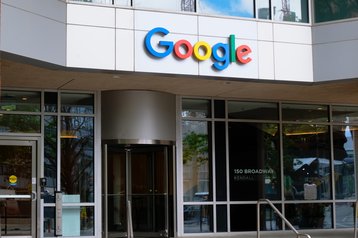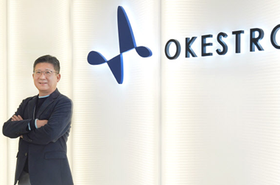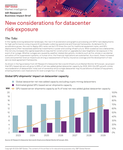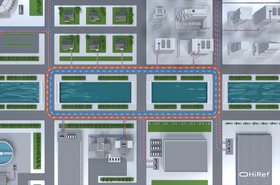Google has deployed more than 100 million Lithium-ion (Li-ion) cells across its global fleet of data centers.
The cloud giant revealed in a recent blog post that its backup battery power solution had reached 100 million cells since adopting Li-ion cells in 2015.
The company relies on a 48Vdc rack power system with integrated battery backup units (BBUs) to enable continuous uptime at its data centers. In 2015, Google began to transition away from lead-acid batteries to Li-ion BBUs as, according to the blog post, they had "twice the life, twice the power, and half the volume of previous-generation lead-acid batteries."
The switch enabled Google to reduce its number of batteries to just a quarter of its previous footprint.
Li-ion batteries are at risk of going into the thermal runway if mishandled or exposed to excessive temperatures, and can, in rare instances, cause a fire. Well-known instances of this include the 2022 fire at an SK Group data center in Korea and a 2024 fire at a Digital Realty data center in Singapore. OVHcloud also suffered a severe fire at a data center in 2021 but never confirmed the cause, though it is known that the fire originated in the power supply room and water "may" have been involved, as well as a large number of batteries.
To avoid this, Google has "made safety a core principle of our battery design" and uses the UL9540A thermal runaway test method to subject its designs to rise safety testing. As a result, the company has been given permits for the BBUs even in countries with stricter rules surrounding Li-ion batteries, such as the APAC region.
The blog post adds that Google's Li-ion BBUs "benefit from our distributed UPS architecture," which reduces the failure domain blast radius to a single rack, locates the batteries in the rack to eliminate intermediate points of failure, and on the same DC bus as machines which removes intermediate AC/DC power conversion.
Google concluded: "Li-ion batteries have been crucial to ensuring the uninterrupted operation of Google Cloud data centers. By transitioning from lead-acid to Li-ion BBUs, we’ve significantly improved power availability, efficiency, and lifespan, even as we simultaneously address their critical safety risks."
Google's 48V Onboard Power Solution specification is available via the Open Compute Project.







